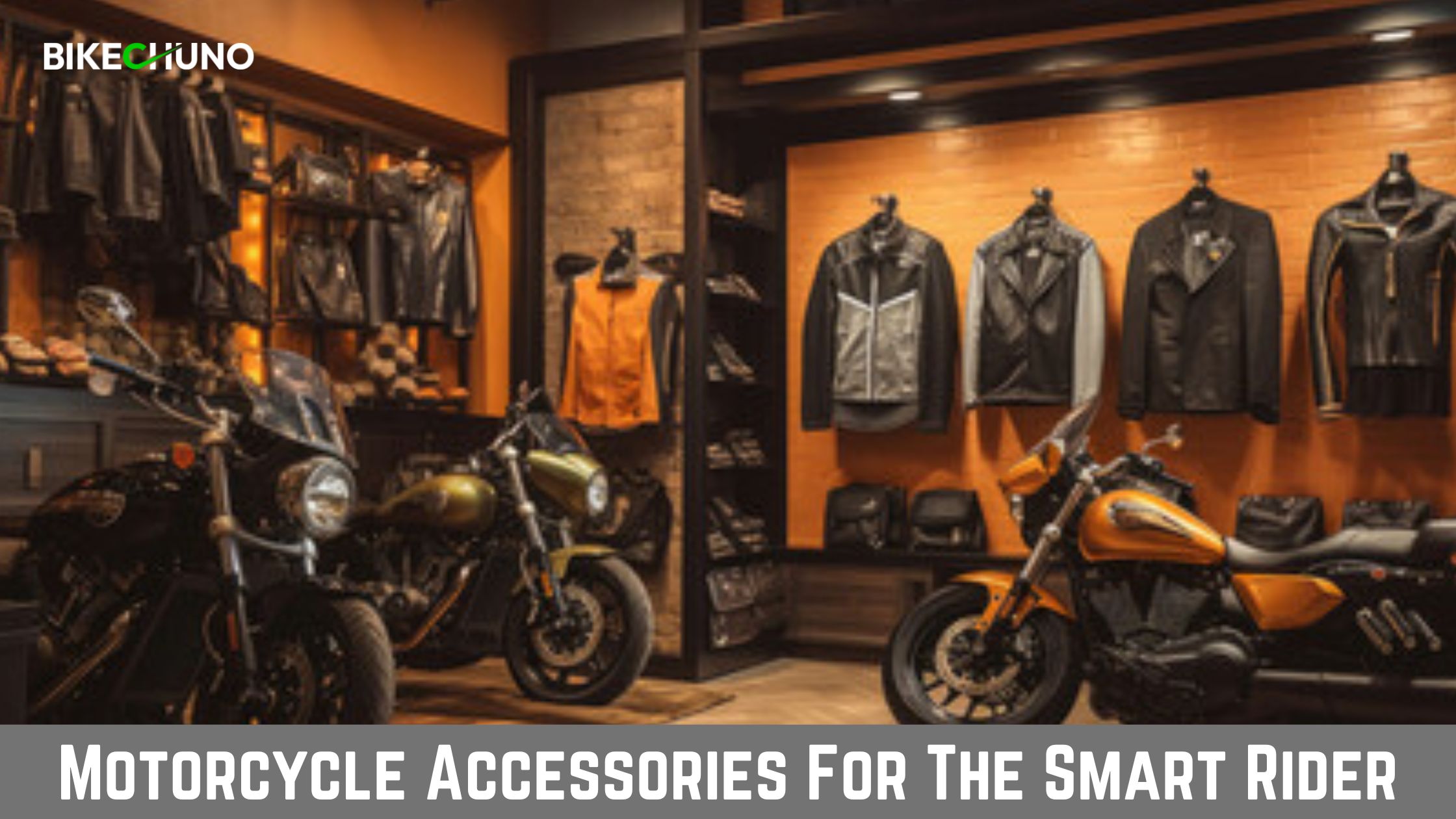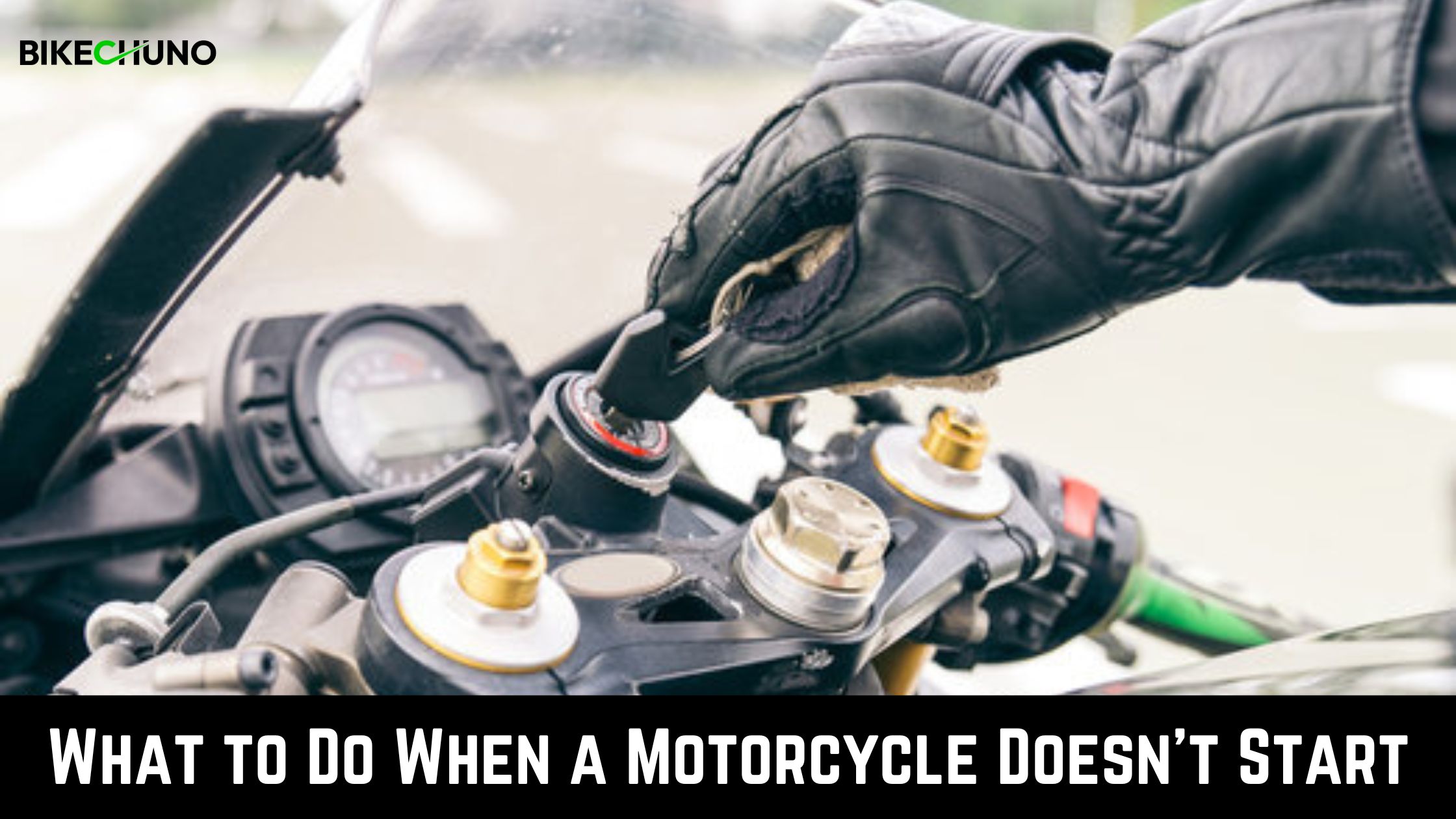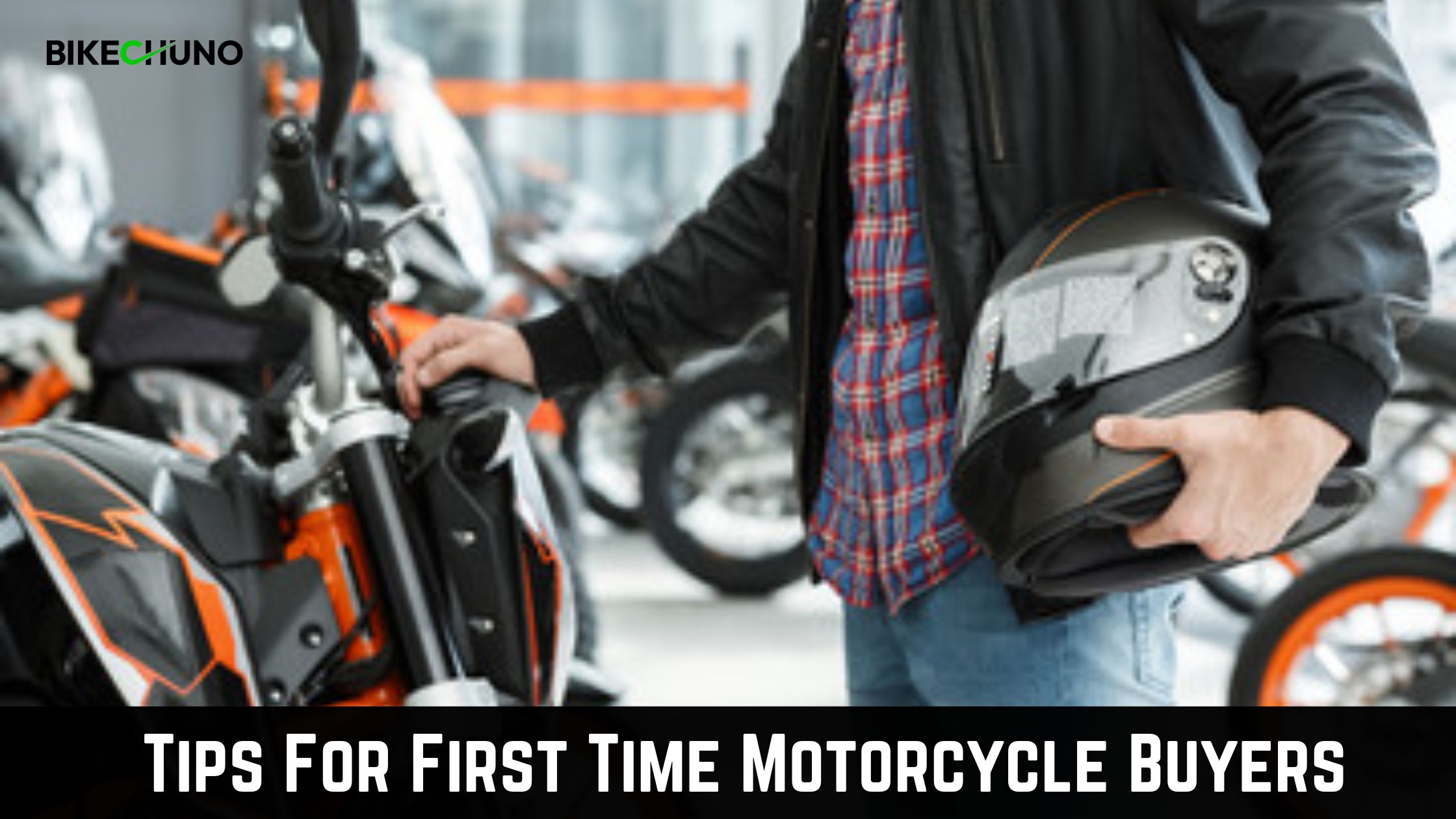Instead of “half clutch,” I prefer to say “slipping.”
The amount of heat produced, which results in the loss of the clutch plate’s active material, determines how well the clutch wears.
The amount of work done between the pressure plate and clutch disc, as well as between the clutch disc and flywheel, determines the amount of heat produced. The coefficient of sliding friction and the contact pressure at the clutch disc face affect the friction force.
The friction force at the clutch disc faces and the degree of angular slide determine the work against friction that is converted to heat.
When To Use Half Clutch In Bike?
If the clutch is fully engaged, there won’t be any slip and hence no heat production. When the clutch is completely disengaged, there is significant slip but minimal contact force, which results in minimal heat buildup.
We have slip and contact pressure if the clutch is just partially disengaged. Maximum engine heat generation occurs in this situation, resulting in a loss of the clutch disc’s active material. The problem that needs to be avoided is this one.
If you must slip because of slow-moving traffic, do so with the least amount of heat production possible. You are falling with the least amount of touch pressure. Only if the sliding is limited to first gear is this conceivable. Higher ratios cause you to slip with increased contact pressure, generating more heat and accelerating clutch wear.
Over twenty years have passed since I last changed the clutch plates. When Who drove the bike through India’s flooded streets, water entered the assembly, necessitating the most recent clutch repair. The leaves gummed up together as a result of the tainted water.
Maintain traction in higher gears. Avoiding starting the automobile in second or higher bags is another example.
Half Clutch In Motorcycle
Clutch control is utilizing the clutch lever in place of (or in addition to) the accelerator to partially engage the clutch plate and regulate the speed of a manual transmission vehicle. Full clutching on a motorcycle prevents power from passing from the engine to the drive chain and wheels since there is no direct connection between the engine and the drive chain.
When the lever is fully released, the clutch plate and the machine are entirely in contact, allowing the engine to deliver power to the drive chain directly. The clutch could yet slip if the clutch plate is only partially engaged. As a result, only a portion of the engine’s power—commonly referred to as the “half clutch”—reaches the driveshaft. While starting a bike uphill, it can be helpful to keep it from rolling back, as a full release may choke the engine and cause the engine to stall.
Half clutching is acceptable, but you shouldn’t keep the lever pressed when you’re not shifting gears.




